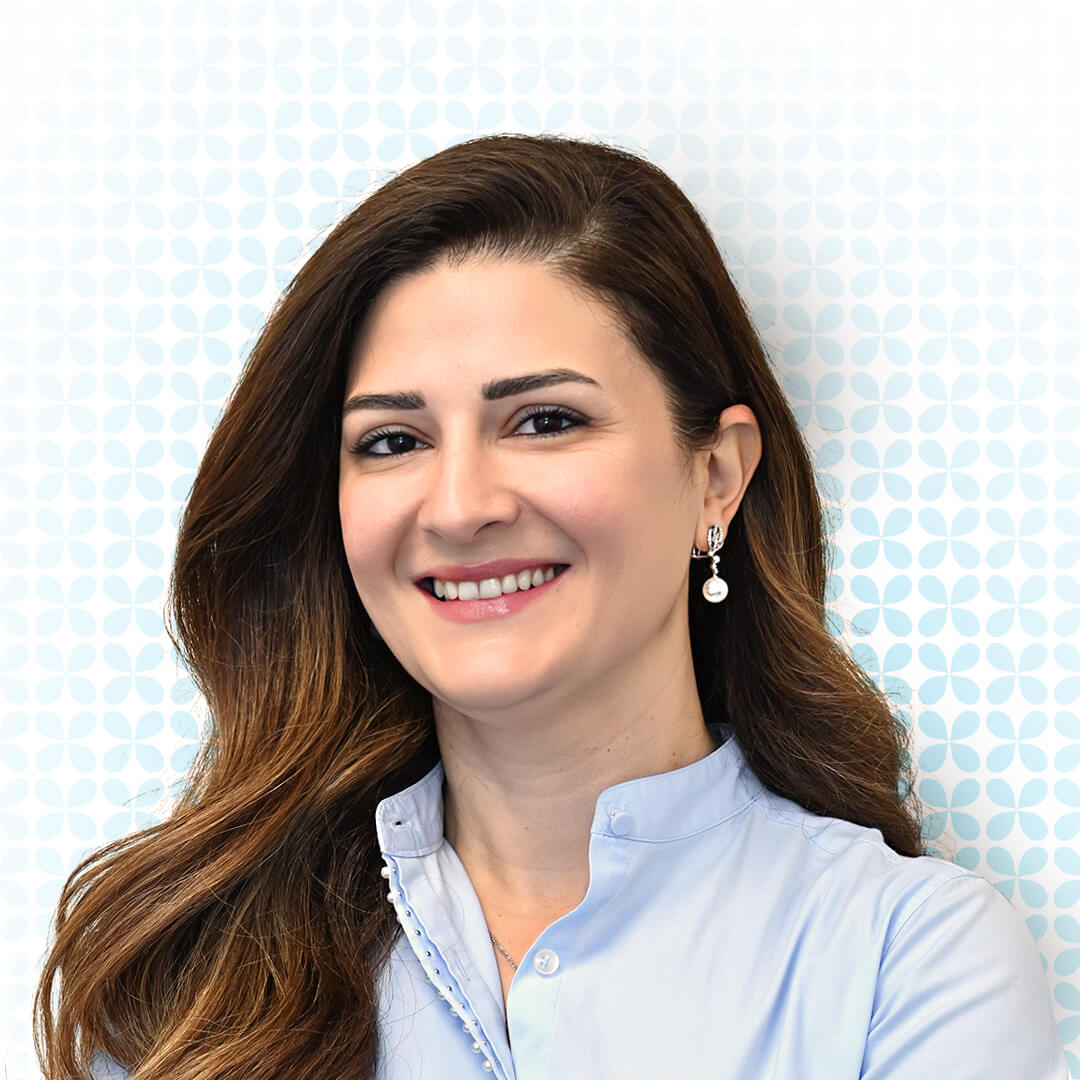
Rindala Eldoueihy
Bachelor degree in Optometry
Optometrist
Location:
Rindala Eldoueihy – Moorfields Dubai Eye Care Professional
Rindala El Doueihy is our Senior Optometrist at Moorfields Eye Hospital Abu Dhabi. She specializes in Contact lenses and dry eye syndrome. She provides consultation for refractive surgery patients including eye test, corneal mapping interpretation, selection of treatment type and patient education about their procedure, pre and post refractive surgery, pre & post refractive surgery follow ups, visual acuity evaluation, refraction and prescription of spectacles and contact lenses, diagnosis & treatment of mild to moderate cases of general eye infections, evaluation and treatment guidance for Keratoconus patients, Specialized in fitting all types of contact lenses: hybrid, soft lenses, prosthetic lenses and of contact lenses: various RGP, corneal and scleral hard lenses for treatment of an eye disease.
She earned Bachelor degree in Optometry, Optometry school – Beirut – Lebanon, 2002.
Services Provided by Rindala Eldoueihy
Presbyopia
About
Presbyopia is a condition which makes it difficult to focus on close objects. With age, by the mid-forties, people experience blurred vision at close points, such as reading, sewing or working on a computer.
Presbyopia it is not a disease as it is a results of the natural ageing process of the eye and it cannot be prevented .
Hypermetropia (far-sightedness)
About
Far-sightedness, also known as Hypermetropia, is a common refractive condition of the eye in which vision is better for distant objects than for near objects.
It results from the eyeball being smaller than average, causing images to be focused behind the retina. In hypermetropia, the light is focused too far back in the eye, behind the retina, which causes things to look blurred close-up.
Many very young children have mild hypermetropia that gets better by itself as they grow older.
Myopia (near-sightedness)
About
Myopia is a common refractive condition commonly referred to as near or short sightedness. People with Myopia can see near objects clearly but distant objects are blurry. Myopia occurs when the cornea and lens focus the light in front of the retina instead of exactly on it, usually because the eye is a little larger than it should be.
Astigmatism
About
Astigmatism is a refractive condition in which the eye’s optical system is incapable of forming a point image for a point object (images are misconstrued).
Video By Rindala Eldoueihy
Request an Appointment
